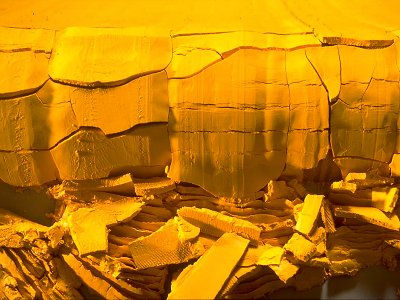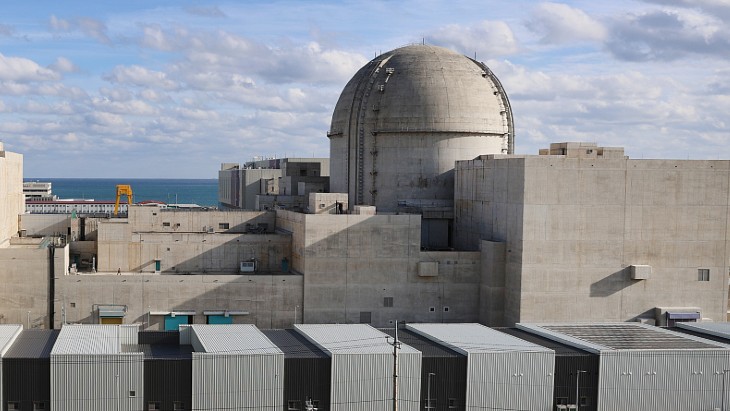Global production of uranium increased 6% in 2010, compared with the previous year, according to the World Nuclear Association (WNA). Kazakhstan maintained its position as the leading uranium producing country.
Figures compiled by WNA show that worldwide uranium production grew from 50,772 tonnes in 2009 to 53,663 tonnes in 2010, the highest level since the early 1990s.
Kazakhstan was the largest producing country, with output of 17,803 tonnes in 2010, a 27% increase from the 14,020 tonnes it produced in 2009. Canada and Australia maintained their respective second and third places, although both their uranium outputs dropped in 2010. Canadian production dropped 4% from 10,173 tonnes in 2009 to 9783 tonnes in 2010, while Australian output fell 26% from 7982 tonnes in 2009 to 5900 tonnes.
Two African nations - Namibia and Niger - were the fourth and fifth largest uranium producers in 2010, with output of 4496 tonnes and 4198 tonnes, respectively.
 |
| Uranium oxide yellowcake coming off the production line |
Canada's Cameco regained its position as the world's largest uranium producing company, with output of 8758 tonnes in 2010, up from 8000 tonnes in 2009. The company's production represented 16% of world uranium output in 2010. France's Areva, which was the leading producer in 2009 with production of 8623 tonnes, reported output of 8319 tonnes in 2010, putting it in second place. It was closely followed by KazAtomProm, which produced 8116 tonnes in 2010, up from 7467 tonnes in 2009. Although it controls Kazakhstan's uranium production, KazAtomProm develops its deposits in partnership with leading firms including those mentioned above.
Kazakhstan looks set to hold its position as the leading uranium producing country in 2011. State firm KazAtomProm reported today that Kazakh output during the first quarter of 2011 was 777.4 tonnes, 7.3% above its planned production of 724.4 tonnes and up some 24% on the same period last year.
Cameco's McArthur River/Key Lake mine in Canada remained the world's largest uranium-producing mine in 2010, with output of 7654 tonnes, up from 7339 tonnes in 2009. Although its output dropped from 4444 tonnes in 2009 to 3216 tonnes in 2010, Energy Resources of Australia's (ERA's) Ranger mine in Australia maintained its second position. Rio Tinto's Rössing mine in Namibia was the third-largest producing mine with production of 3077 tonnes in 2010, down from 3520 tonnes in 2009.
Although conventional underground and open-pit mining techniques remained the main method for uranium extraction, with 53% of output coming from via these techniques, the use of in-situ leach (ISL) technology has gained popularity. In 2009, some 36% of uranium was extracted using ISL technology, while in 2010 this figure jumped to 41%. Production of uranium as a by-product of other minerals fell slightly from 7% of total production in 2009 to 5% in 2010.
Researched and written
by World Nuclear News




_72306.jpg)


_49562.jpg)





